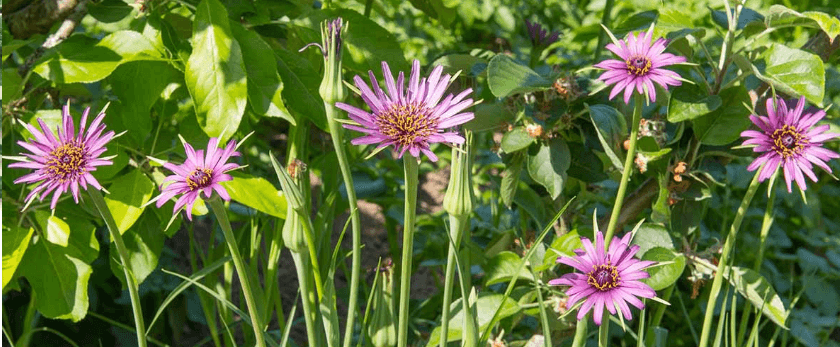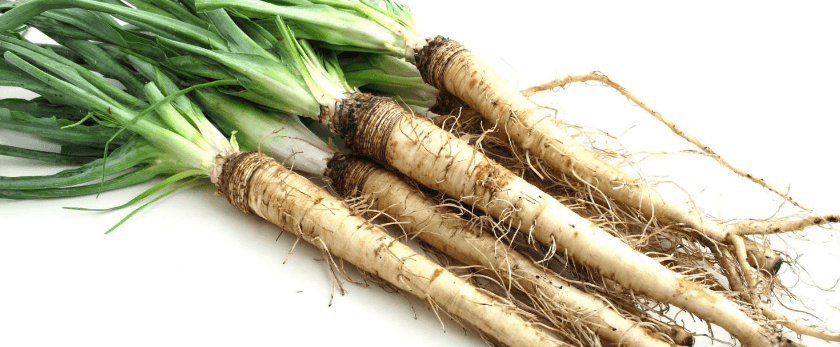Salsify, also known as oyster plant or vegetable oyster, is a root vegetable that is gaining popularity for its unique flavor and nutritional benefits. It is a member of the sunflower family and is native to Europe and Asia. Salsify has a long, slender root that is similar in appearance to a parsnip, but with a dark brown skin and white flesh. It has a delicate, slightly sweet flavor that is often compared to oysters, hence its name.
If you're interested in growing your own salsify, you're in luck! This hardy vegetable is relatively easy to grow and can be a great addition to any garden. In this article, we'll discuss how to care for salsify, the best time to grow it, and common problems you may encounter. So let's get started!

How to Care for Salsify
Watering
Salsify plants require consistent moisture to grow well. It is important to keep the soil evenly moist, but not waterlogged. Water deeply once a week, or more frequently during hot, dry weather. Avoid overhead watering, as this can lead to fungal diseases. Instead, water at the base of the plant to keep the foliage dry.
Light
Salsify plants prefer full sun, but can also tolerate partial shade. If you live in a hot climate, providing some afternoon shade can help prevent the plant from wilting. If you're growing salsify indoors, place it near a sunny window or use grow lights to provide adequate light.
Soil
Salsify grows best in loose, well-draining soil that is rich in organic matter. It prefers a slightly acidic soil with a pH of 6.0-6.5. If your soil is heavy or clay-like, add compost or aged manure to improve drainage and add nutrients. Avoid using fresh manure, as it can burn the roots of the plant.
Fertilizer
Salsify is a heavy feeder and requires regular fertilization to produce a good crop. Before planting, mix in a balanced fertilizer, such as 10-10-10, into the soil. Once the plants have established, side-dress with a nitrogen-rich fertilizer every 3-4 weeks. This will help promote healthy growth and increase yields.
Pruning
Salsify plants do not require pruning, but you can remove any damaged or dead leaves to keep the plant looking tidy. You can also remove any flower stalks that appear, as they can divert energy away from root growth.
What is the Best Time to Grow Salsify?
Salsify is a cool-season crop and is best grown in the spring or fall. It can tolerate light frosts, but will not survive a hard freeze. In warmer climates, salsify can be grown as a winter crop. It is important to note that salsify has a long growing season, taking 120-150 days to reach maturity. Therefore, it is best to start salsify seeds indoors 4-6 weeks before the last frost date in your area.
Common Problems with Salsify
While salsify is a relatively easy plant to grow, it can still face some common problems. Here are a few issues you may encounter and how to address them:
Pests
Salsify is generally not bothered by pests, but it can attract carrot rust flies and root maggots. These pests can cause damage to the roots, making them inedible. To prevent infestations, cover the plants with row covers or use a floating row cover to protect them from pests.
Diseases
Salsify can be susceptible to fungal diseases, such as powdery mildew and root rot. To prevent these diseases, avoid overhead watering and provide good air circulation around the plants. If you notice any signs of disease, remove and destroy the affected plants to prevent the spread.
Bolting
Bolting is when a plant prematurely produces flowers and seeds, instead of focusing on root growth. This can happen if the plant is stressed, such as from extreme temperatures or lack of water. To prevent bolting, make sure to provide consistent moisture and avoid planting in hot weather.
In Conclusion
Salsify is a nutritious and delicious root vegetable that is easy to grow and care for. With the right conditions and proper care, you can enjoy a bountiful harvest of this unique vegetable. Remember to water consistently, provide adequate light, and fertilize regularly to promote healthy growth. And if you encounter any problems, don't worry! With a little bit of knowledge and care, you can overcome any challenges and enjoy the fruits (or in this case, roots) of your labor. Happy growing!










